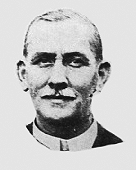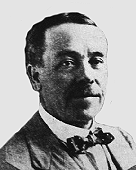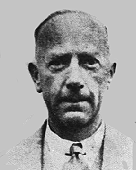Education in Grahamstown in the second half of the 19th century tended to divide the population along denominational and economic lines and, with few exceptions, was not altogether of a satisfactory standard. At a public meeting held in 1872 a resolution was moved to the effect that: “It is highly desirable to establish a high class non-denominational school in Grahamstown, with a view to providing an education which is not furnished by any of the present schools.”
1873
So in April 1873, with an enrolment of 25 boarders and 45 day scholars, under the headmastership of the Rev. Robert Templeton, the Grahamstown Public School opened its doors in the Drostdy Barracks and the Drostdy House, newly vacated by the Colonial military authorities. Both these buildings have since been swallowed up in the Rhodes University campus.
1874
The new school grew rapidly and within 10 years the enrolment had reached 200. The first candidate for the matriculation examination was entered in 1874 and the school began preparing candidates for the examinations of the University of the Cape of Good Hope.
1898
The political troubles at the end of the nineteenth century saw the British Army wanting their buildings back and the school moved to new premises in Beaufort Street in 1898.
1938
Over the years the name of the school has undergone several changes. During the period in which it offered matriculation classes to young ladies it was known as Victoria High School and finally in 1938 it adopted the name, Graeme College.
1974
The school occupied this site in Beaufort Street until moving to its present campus in Somerset Heights in 1974. (The site in Beaufort Street has since been renovated and taken over by Victoria Girls’ High School.)




